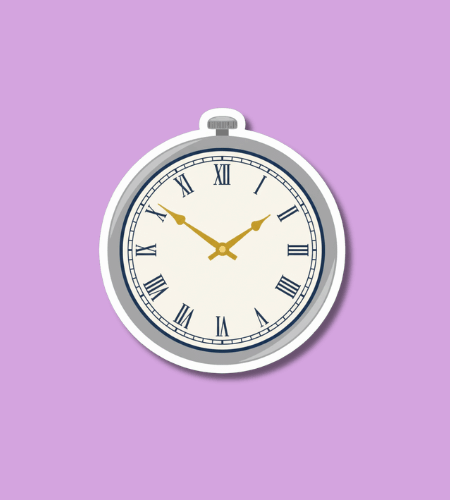The Daylight Saving Day is not a formal holiday but marks the occasion when clocks are adjusted for Daylight Saving Time (DST), typically either “springing forward” an hour in spring or “falling back” an hour in autumn, depending on the region.
Table of Contents
History of Daylight Saving Time
The concept behind DST can be traced to earlier suggestions, such as one by Benjamin Franklin in 1784, who humorously proposed people could economize on candles by getting up earlier in summer. The first widespread national implementation occurred during World War I (for example, in Germany and Austria‑Hungary in 1916) as a way to save coal and resources.
Over decades, many countries adopted, adjusted, or abandoned DST. For example, in the United States, the current schedule has DST beginning on the second Sunday in March and ending on the first Sunday in November.
Why is Daylight Saving Day important?
On the surface, the clock change associated with Daylight Saving Day reminds us that how we structure time is not fixed but socially constructed—and that involves trade‑offs. Suddenly shifting clocks affects our rhythms, our sleep, our routines. By acknowledging this one change we get a glimpse into how timekeeping, industry, daylight, and society are intertwined.
Moreover, the debate around DST raises larger questions about energy usage, work‑life balance, health, and public policy. While DST was originally motivated by resource saving, research today questions how effective it is; the time change itself can be disruptive or even harmful for some people.
Some thoughts in everyday language:
- It’s a reminder that the hour we call “6 pm” is just a human choice, not a natural constant.
- Changing the clocks makes extra daylight in the evening (in spring) but can make mornings darker, which matters to lots of folks.
- The moment the clocks shift can feel odd—our bodies notice, even if we don’t always admit it.
- It invites reflection on whether the way we live with time makes sense: are we aligned with daylight or locked in schedules?
- The fact that many regions are debating whether to keep or abolish DST shows that what once seemed “normal” can change.
How to Observe Daylight Saving Day
Since this isn’t a party or festival, observing it means being intentional about the change. On the day the clocks shift, take a moment to prepare: set your clocks, adjust your schedule, maybe take a few extra minutes to relax or reset. At home and at work, you might plan ahead—don’t overload yourself the morning after the change. A small way to mark it: step outside earlier or later than you usually would and notice how the daylight feels different.
Here are some practical ideas in plain language:
- Go to bed a little earlier the night before the clock changes, so you’re not too tired afterward.
- On the day after the change, take a short walk outdoors and notice how the light feels (morning or evening).
- Maybe move one small task to a time that feels more natural with the new light pattern (e.g., take your walk later if the evenings feel brighter).
- If you have children or someone in the house whose routine is impacted (sleep, meals), talk together about how everyone will handle the shift.
- Use this change as an excuse to review your daily routine: is your time aligned with daylight, or are you always rushing in dim light?
Daylight Saving Day Dates Table
| Year | Date | Day |
|---|---|---|
| 2025 | March 9 | Sunday |
| 2026 | March 8 | Sunday |
| 2027 | March 14 | Sunday |
| 2028 | March 12 | Sunday |
| 2029 | March 11 | Sunday |
Subscribe to our newsletter and never miss a holiday again!

